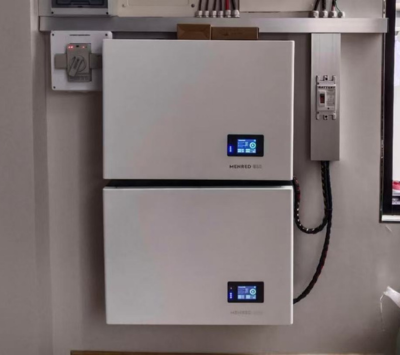Introduction
In the evolving landscape of renewable energy, LiFePO4 (Lithium Iron Phosphate) batteries emerge as a cornerstone in sustainable energy solutions. This article delves into the nuances of these batteries, particularly focusing on their low voltage cutoff mechanism and how it influences battery lifespan. We’ll also explore the integration of these batteries with the MENRED ESS (Energy Storage System), a pioneering technology enhancing residential energy management.
Fundamentals of LiFePO4 Batteries
LiFePO4 batteries are revered in the renewable energy sphere for their robustness and efficiency. Known for their long cycle life and stability, these batteries offer a safer alternative to traditional lithium-ion counterparts. Their eco-friendly composition, devoid of heavy metals like cobalt, makes them a sustainable choice. Moreover, their ability to maintain consistent performance under diverse temperature ranges sets them apart in the energy storage market.
Low Voltage Cutoff Technology
The low voltage cutoff is a critical feature in LiFePO4 batteries. This technology is designed to prevent the battery from discharging beyond a certain threshold, thereby averting potential damage and prolonging its life. When the voltage drops to a predefined level, the BMS (Battery Management System) intervenes, halting the discharge process. This safeguard not only enhances the battery’s lifespan but also ensures optimal performance.
The Importance of Battery Lifespan
The longevity of a battery is crucial for economic and environmental sustainability. A longer lifespan means fewer replacements, reducing waste and the environmental footprint. In LiFePO4 batteries, factors like the depth of discharge, charging practices, and temperature exposure play significant roles in determining lifespan. With proper management, these batteries can exceed 6000 cycles, making them a cost-effective solution in the long run.

MENRED ESS and LiFePO4 Batteries
MENRED ESS integrates seamlessly with LiFePO4 batteries, creating a robust and efficient home energy system. The ESS, equipped with an advanced BMS, continuously monitors and manages each battery cell. This system ensures optimal charging and discharging, preventing overexertion of the batteries. The BMS’s sophisticated 115 sensory functions include voltage monitoring, with alerts at critical levels (2.9V alert and 2.8V cutoff) to prevent damage. Such features make MENRED ESS an exemplary model in residential energy storage, offering reliability and longevity.
Conclusion
LiFePO4 batteries, particularly when coupled with MENRED ESS, represent a significant leap in home energy management. Their advanced technology, sustainable composition, and extended lifespan make them an ideal choice for environmentally conscious consumers. As the world gravitates towards renewable energy, systems like MENRED ESS are pivotal in driving the transition to a greener future.






